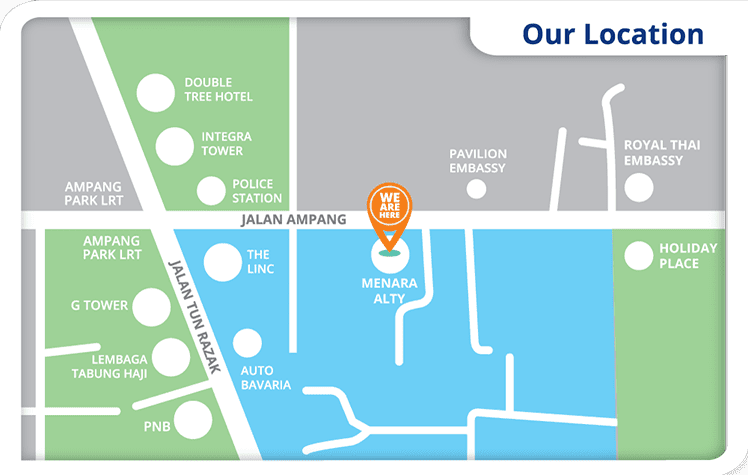Shoulder Arthroscopy
Introduction
Shoulder arthroscopy is a surgical procedure in which an arthroscope is inserted into the shoulder joint. The benefits of arthroscopy are smaller incisions, faster healing, a more rapid recovery, and less scarring. Arthroscopic surgical procedures are often performed on an outpatient basis and the patient is able to return home on the same day.
Indications
Arthroscopy may be recommended for shoulder problems such as:
- Evaluation and treatment of instability
- A torn or damaged cartilage ring (labrum) or biceps tendon
- A torn rotator cuff
- Stiffness of the shoulder
- Subacromial decompression
- Arthritis of the end of the clavicle
- Treatment of frozen shoulder
- Removal of loose bodies
- Debridement / drainage of shoulder joint infection
Arthroscope is a small fibre-optic viewing instrument made up of a tiny lens, light source and video camera. The television camera attached to the arthroscope displays the image of the joint on a television screen, allowing the surgeon to look, throughout the shoulder- cartilage, ligaments, and the rotator cuff.
Procedure
The surgeon makes small incisions around the joint area. In one portal, the arthroscope is inserted to view the shoulder joint. Along with the arthroscope, sterile solution is pumped to the joint which expands the shoulder joint, giving the surgeon a clear view and room to work. Other portal is used for the insertion of surgical instruments to probe various parts within the joint to repair the damaged shoulder.
Arthroscopy is much less traumatic to the muscles, ligaments and tissues than the traditional method of surgically opening the shoulder with long incisions (open techniques).
Risks and complications
Complications of shoulder arthroscopy are infection, bleeding, damage to any nerve or blood vessel or delayed healing after the surgery. In certain cases stiffness of shoulder joint may occur after the surgery.
After the surgery
Following the surgery, your surgeon may recommend you to practice certain measures for better outcomes. Pain medications will be provided, bandage will be given around the operated shoulder which can be removed after 24 hours and dressings can be placed to cover the wounds. Slight swelling of the shoulder may be present after the surgery which is normal. Placing icepacks on the shoulder for about 20 minutes, 3-4 times a day helps reduce the swelling. You can return to normal activities when you feel comfortable and a follow-up visit should be scheduled 7-10 days after surgery to monitor your progress.
Our Specialists
ALTY is the new innovative orthopaedic healthcare provider in Malaysia. Our medical experts work together to provide comprehensive orthopaedic services that best suit your condition and lifestyle. Our team of orthopaedic specialists are trained to utilize advanced technologies to deliver the best patient care and experience.
Meet your surgeons.
Our other specialists in the field of Cardiology, Radiology, Gastroenterology, Urology, ENT and Dermatology offer holistic medical care for you, all under one roof.
Meet our medical experts.
 +6012-637 7646
+6012-637 7646 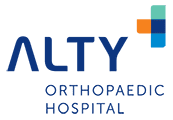
 DATO' DR. BADRUL SHAH BADARUDDIN
DATO' DR. BADRUL SHAH BADARUDDIN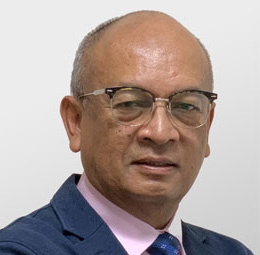 Assoc. Prof. (C) Dr. Ruslan Nazaruddin Simanjuntak
Assoc. Prof. (C) Dr. Ruslan Nazaruddin Simanjuntak DR. SURESHAN SIVANANTHAN
DR. SURESHAN SIVANANTHAN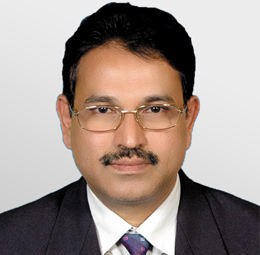 DR. ANANTHA KUMAR CHINNASWAMY
DR. ANANTHA KUMAR CHINNASWAMY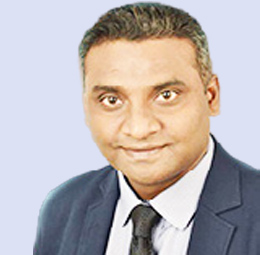 Dr. Ganiga Srinivasaiah Sridhar
Dr. Ganiga Srinivasaiah Sridhar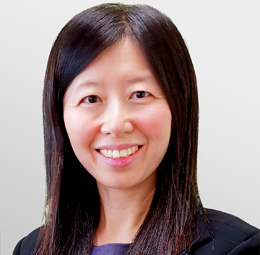 Dr. Lee Li Ching
Dr. Lee Li Ching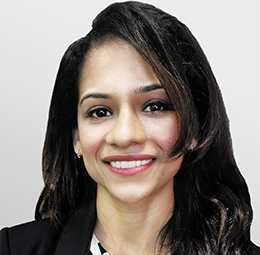 Dr. Meera Kuppusamy
Dr. Meera Kuppusamy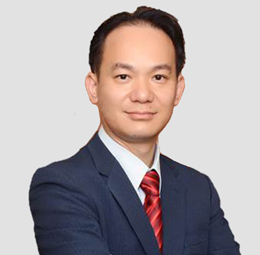 Dr. Mohamad Fadhil Hadi Bin Jamaluddin
Dr. Mohamad Fadhil Hadi Bin Jamaluddin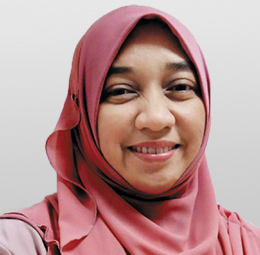 DR. NORZILA TENDOT BT ABU BAKAR
DR. NORZILA TENDOT BT ABU BAKAR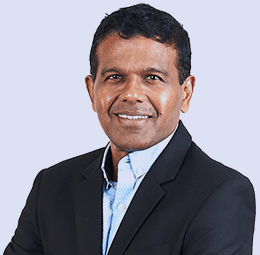 DR. PAUL SELVINDOSS
DR. PAUL SELVINDOSS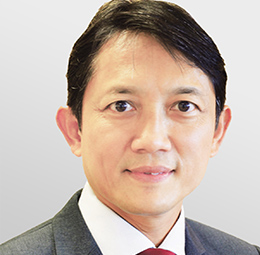 DR. SHAHROL AZMI MOHD YASIN
DR. SHAHROL AZMI MOHD YASIN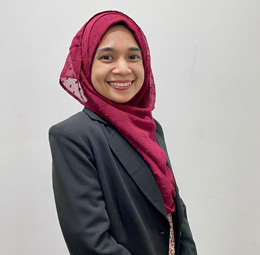 Dr. Dalila bt Yusoff
Dr. Dalila bt Yusoff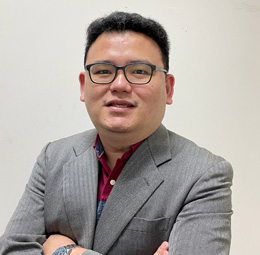 DR. LOW LI YAM
DR. LOW LI YAM
